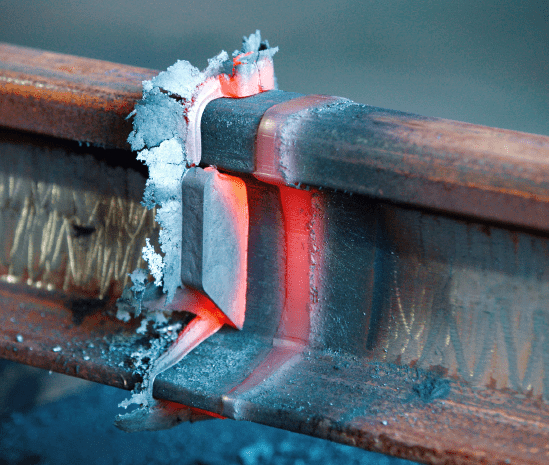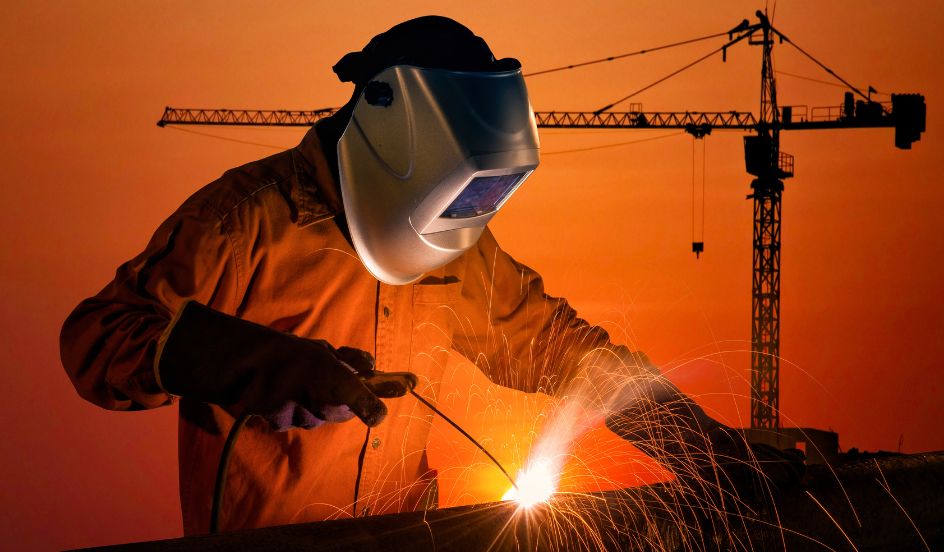The Ultimate Overview to Welding WPS Procedures: An Extensive Summary for Welders
In the detailed world of welding, Welding Procedure Specs (WPS) offer as the backbone of making sure high quality, uniformity, and safety and security in welding operations. Comprehending the subtleties of producing, executing, and keeping an eye on WPS treatments is essential for welders aiming to elevate their craft and meet market standards. As we explore the various elements of a WPS and explore the ins and outs of certification and qualification, we will discover the important duty these treatments play in the realm of welding. Let's start a journey to decipher the complexities and relevance of WPS treatments in welding methods.
Value of WPS Procedures
Understanding the importance of Welding Treatment Specs (WPS) treatments is critical for ensuring the quality and honesty of bonded frameworks. WPS treatments work as a roadmap for welders, describing the required steps, specifications, and products called for to achieve a sound weld. By adhering to WPS standards, welders can make sure uniformity in their job, bring about reputable and structurally sound welds.
One of the key reasons why WPS procedures are essential is their role in keeping weld high quality and honesty. Following the defined welding specifications and strategies laid out in the WPS helps prevent problems such as porosity, cracking, or incomplete combination, which can compromise the toughness and resilience of the weld.

Components of a WPS
A Welding Treatment Requirements (WPS) generally consists of necessary parts that detail the specific demands for implementing a weld, making sure consistency and top quality in the welding process. The vital components of a WPS consist of important variables such as base metals, filler metals, preheat and interpass temperature levels, welding procedures, securing gases, welding placements, and post-weld warm treatment needs.
Base metals describe the materials being signed up with, while filler steels are made use of to fill the void in between the base steels during welding. Preheat and interpass temperature levels are essential for managing the warmth input and stopping issues like fracturing or distortion. The welding procedure lays out the details technique to be used, whether it's gas metal arc welding (GMAW), protected steel arc welding (SMAW), or an additional method. Shielding gases protect the weld pool from climatic contamination. Welding positions define the positionings in which welding can be executed. Post-weld warmth treatment might be necessary to eliminate stress and anxieties and improve the weld's residential or commercial properties. A complete understanding of these parts is critical for producing a extensive and efficient WPS.

Qualification and Accreditation
Having actually developed the vital components of a Welding Treatment Requirements (WPS), the focus now shifts in the direction of the vital elements of credentials and qualification in welding methods.

Certification, on the various other hand, is the formal recognition of a welder's credentials by a pertinent qualification body or company. Welding certifications are generally based upon the certain welding procedures, materials, and placements a welder is certified to collaborate with. Holding a valid welding certification shows that a welder meets market standards and is proficient to perform welding jobs to the called for requirements.
Creating a WPS
To establish a Welding Procedure Requirements (WPS) that meets market requirements, careful consideration of welding procedures, materials, and functional criteria is necessary (welding WPS). The initial step in producing a WPS is to recognize the welding process to be made use of, such as gas steel arc welding this contact form (GMAW) or secured steel arc welding (SMAW) Once the welding process is figured out, the next crucial aspect is selecting the suitable materials, thinking about elements like base steel type, thickness, and joint design. Functional criteria such as welding current, voltage, travel rate, and shielding gas structure need to additionally be diligently defined in the WPS.

Applying and Keeping An Eye On WPS
Upon wrapping up the extensive Welding Procedure Specification (WPS) that carefully information welding procedures, products, functional parameters, and high quality guarantee measures, the emphasis changes to successfully executing and monitoring the well-known treatments. Execution involves ensuring that all welders associated with the task are acquainted with the WPS and follow it carefully during the welding process. This visit needs offering appropriate training and guidance to ensure adherence to the specified treatments. Checking the WPS involves continual oversight to validate that welding tasks line up with the recorded requirements. Inspections, screening, and quality assurance measures are vital elements of the tracking procedure to identify any kind of concerns or discrepancies quickly. Routine audits and testimonials of the welding procedures help in preserving uniformity and high quality throughout the job. Efficient application and tracking of the WPS are essential for making sure the honesty, strength, and safety and security of the welded joints, ultimately contributing to the general success of the welding job.
Final Thought
Finally, understanding and complying with Welding Procedure Requirements (WPS) is critical for welders to guarantee high quality, consistency, and safety in their work. By knowing the components of a WPS, getting correct qualifications and qualifications, developing detailed procedures, and implementing and checking them efficiently, welders can boost their skills and efficiency in welding techniques. Abiding by WPS treatments is crucial for creating high-quality welds and conference industry criteria.
In the elaborate globe of welding, Welding Procedure Specs (WPS) serve as the foundation of making certain quality, consistency, and safety in welding operations. The welding procedure details the certain strategy to be made use of, whether it's gas metal arc welding (GMAW), protected metal arc welding (SMAW), or an additional method.To establish a check out this site Welding Procedure Requirements (WPS) that fulfills industry standards, cautious factor to consider of welding processes, products, and operational parameters is important. The initial step in developing a WPS is to determine the welding process to be used, such as gas metal arc welding (GMAW) or secured metal arc welding (SMAW)Upon finalizing the extensive Welding Procedure Spec (WPS) that meticulously details welding procedures, materials, functional specifications, and quality guarantee steps, the focus moves to efficiently implementing and monitoring the recognized treatments.